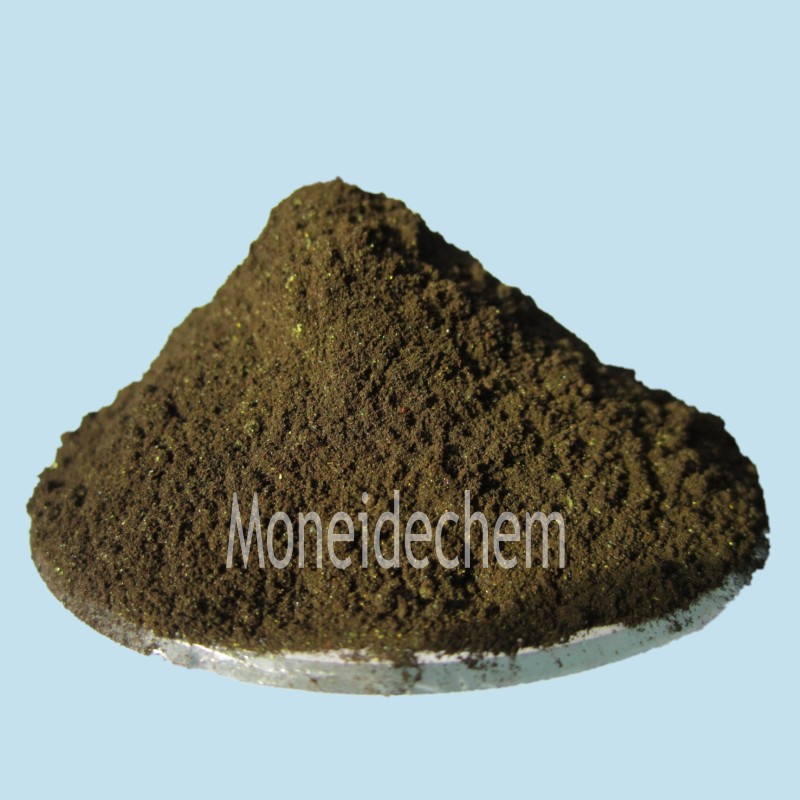모네이드 케미컬스
Tel: 86-315-8309571
WhatsApp/WeChat/Mobile: 0086-15633399667
스카이프: janet-honest
주소: 2-7-523 Jidong Building Materials Tangshan, Hebei 064000 중국
|
화학명 |
Giemsa stain |
|
CAS 번호 |
51811-82-6 |
|
분자식 |
C14H14클렌3S |
|
EINECS No. |
257-438-2 |
|
분자량 |
291.8 |
|
분자 구조 |
|
|
세부 |
Appearance: 청자색 분말 용해도: 메탄올과 글리세롤(1:1)에 녹인다。 생물학적 염색: 테스트 통과 포장 : 25kg/섬유 드럼 |
|
주요 응용 프로그램 |
생물학적으로 사용됨원형질 염색과 같은 광학 염색제 특히 혈액 및 혈액 원생동물(예: 플라스모디움 말라리아), 염색 등에 적합합니다. |
What is Giemsa staining used for?
Giemsa staining is a versatile diagnostic technique primarily used for microscopic examination of blood cells and pathogens. This Romanowsky-type stain enables differentiation of cellular components in peripheral blood smears, bone marrow aspirates, and cytological preparations. It's particularly valuable for identifying malaria parasites in red blood cells and detecting hematological disorders like leukemia. The stain also facilitates chromosomal analysis in karyotyping procedures. Its ability to highlight nuclear and cytoplasmic details makes it essential for pathological evaluation of various tissue samples, providing critical information for disease diagnosis and monitoring treatment efficacy.
What bacteria is detected using Giemsa stain?
Giemsa stain effectively detects several intracellular bacteria, most notably Borrelia species causing relapsing fever and Lyme disease. It's particularly useful for identifying Bartonella henselae in cat scratch disease and Helicobacter pylori in gastric biopsies. The stain clearly reveals Chlamydia trachomatis inclusions in cell cultures and Rickettsia organisms in tissue samples. While not a primary stain for most bacteria, it excels at visualizing these difficult-to-culture pathogens in clinical specimens. Its metachromatic properties allow differentiation of bacterial morphology against host cell backgrounds, aiding in diagnosis of these specialized infections.
Why is Giemsa stain used in cytology?
Giemsa stain is preferred in cytology for its exceptional nuclear and cytoplasmic detail enhancement. The stain's unique polychromatic properties differentially color chromatin (purple-blue), cytoplasm (pale blue), and granules (pink-red), enabling clear cell identification. It's particularly valuable for hematological cytology, allowing differentiation of lymphocyte subsets and identification of abnormal cells. The technique preserves cellular morphology while providing excellent contrast, essential for detecting subtle malignant changes. Its reliability in demonstrating intracellular pathogens alongside host cells makes it indispensable for diagnostic cytopathology of blood-borne infections and certain cancers.


























